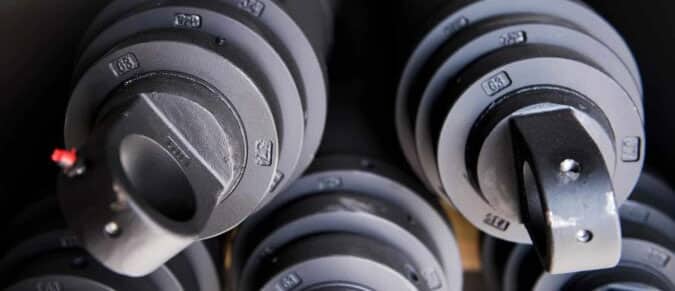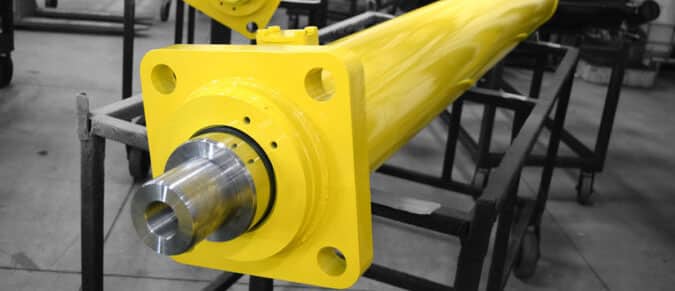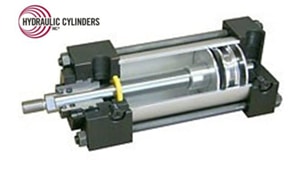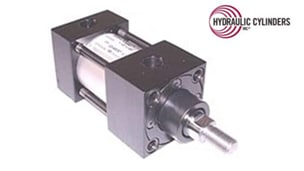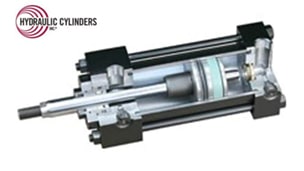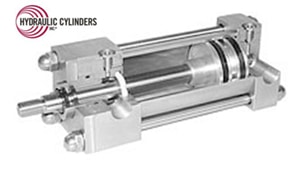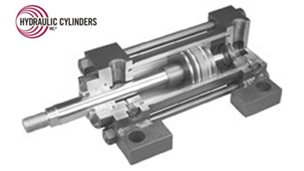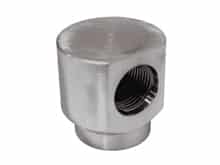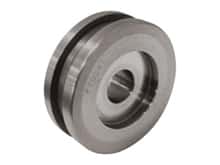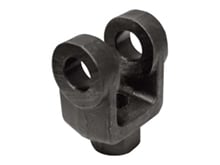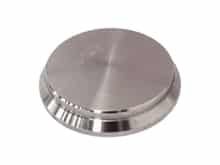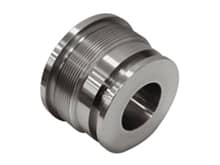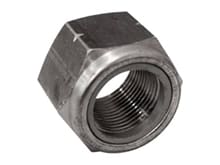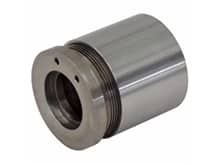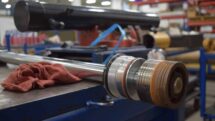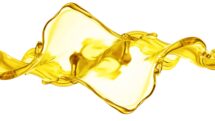Avoiding Hydraulic Fluid Contamination
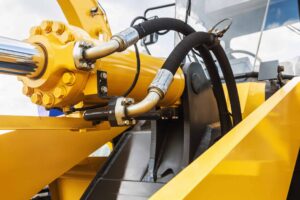
With 75% to 80% of hydraulic system failures stemming from fluid contamination, the importance of avoiding hydraulic fluid contamination cannot be overstated. Keeping your hydraulic fluids contaminant-free can mean consistent, optimal system performance and lessens the chances of downtime due to hydraulic system replacement or repair.
Major Hydraulic Fluid Contamination Forms
- Air Contamination. Commonly presented in the form of air bubbles, air contamination can reduce viscosity, cause component wear, and lead to fluid oxidation.
- Particulate Contamination. Dirt and other solid particles can damage hydraulic components and lead to increased surface wear and loss of efficiency. New oil can also add to particulate contamination.
- Water Contamination. Both physical and chemical properties can create water contamination issues, resulting in reduced lubrication and increased corrosion.
- Chemical Contamination. A fluid breakdown in hydraulic components can lead to chemical contamination.
- Metal Contamination. Metal particles from normal hydraulic functions can create contamination that can decrease hydraulic efficiency.
- Elastomer Contamination. Particles from elastomeric hoses and seals can break down and can be found in hydraulic fluid.
Hydraulic Fluid Contamination Causes
Regardless of the contamination form, underlying contamination causes can result from poor valve design, pipe leaks from broken seals, and component failure that results in contaminants working their way through the entire hydraulic system. Operational environments such as applications where high workloads occur can also be an underlying cause of hydraulic fluid contamination. Environmental exposure and continuous system use are also common causes of contamination.
Fluid Contamination Effects
Common hydraulic system effects due to fluid contamination include:
- Efficiency reduction/decreased performance
- Complete system failure
- Hydraulic valve damage
- Premature component wear or damage
- Internal leaking
- Sludge in the oil
Reducing Hydraulic Fluid Contamination
Although complete reduction of hydraulic fluid contaminants is not feasible, fluid contamination prevention remains your best option for keeping contamination problems at bay. One of the easiest solutions for reducing hydraulic fluid contamination includes maintaining a preventative maintenance schedule and adhering to a hydraulic fluid cleanliness protocol.
Additional recommendations for reducing hydraulic fluid contamination:
- Proper hydraulic fluid storage
- Proper hydraulic component maintenance
- Fluid bypass filters
Benefits of Contaminant-Free Hydraulic Fluid
System operating benefits of contaminant-free hydraulic fluid include:
- Extended service life
- Reduced downtime
- Increased operational performance
- Overall system reliability
Control Hydraulic Fluid Contamination
Preventative maintenance schedules for your hydraulic systems can positively affect your system’s performance and ultimately also positively affect your business as well. Understanding the reasoning behind hydraulic system cleanliness can keep you ahead of your competition and keep your hydraulic systems running at exceptional levels.
Check out HCI’s replacement hydraulic cylinders and hydraulic component parts. If you need more assistance with selecting the best replacement hydraulic cylinder, call us at 1-866-817-9071. We can walk you through the measurement process and help determine which replacement cylinder type is best suited for your needs.

